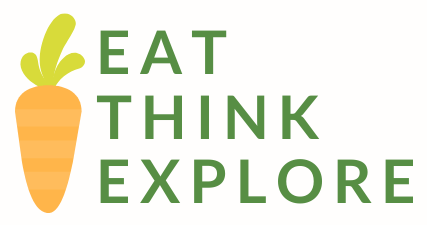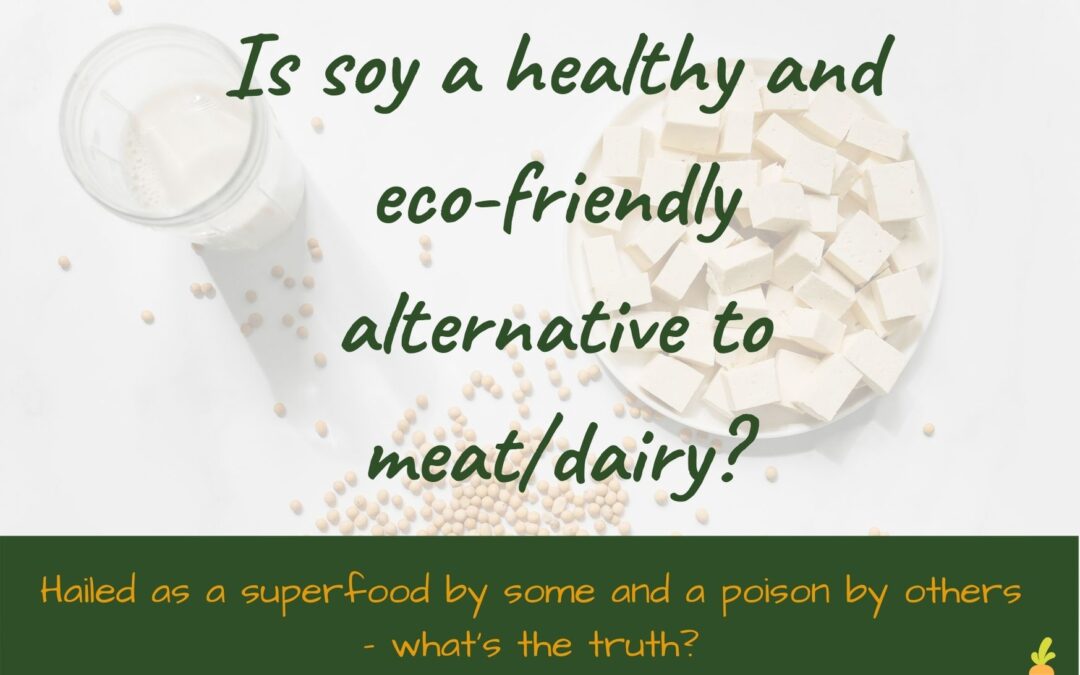Firstly, what is soy?
In case you’re only used to seeing it in the form of tofu, or a processed veggie alternative to meat, soy is a bean from eastern Asia. They’ve been eaten for thousands of years. Asians eat them whole or fermented, but in the Western world we tend to process them into other products.
We see soy as milks, whole beans (edamame), blocks of tofu, and also as fermented products like tempeh, soy sauce, miso and natto. There are also soy based yoghurts, cheeses and meat substitutes, and many packaged foods contain soy flours, texturised vegetable protein and soybean oil. It’s also become the basis for many additives in processed foods, like artificial flavourings, hydrolysed vegetable protein, soybean oils and soy lecitin.
It’s in so many processed foods, the National Institute of Health estimates that soy accounts for 10% of a typical American’s total calories!
As well as being a food for humans, soy is increasingly used a as food for livestock. In fact, even though it’s well known as a ‘vegan’ food, meat eaters will actually account for far more of the world’s soy production as it’s predominantly grown for animal feed!
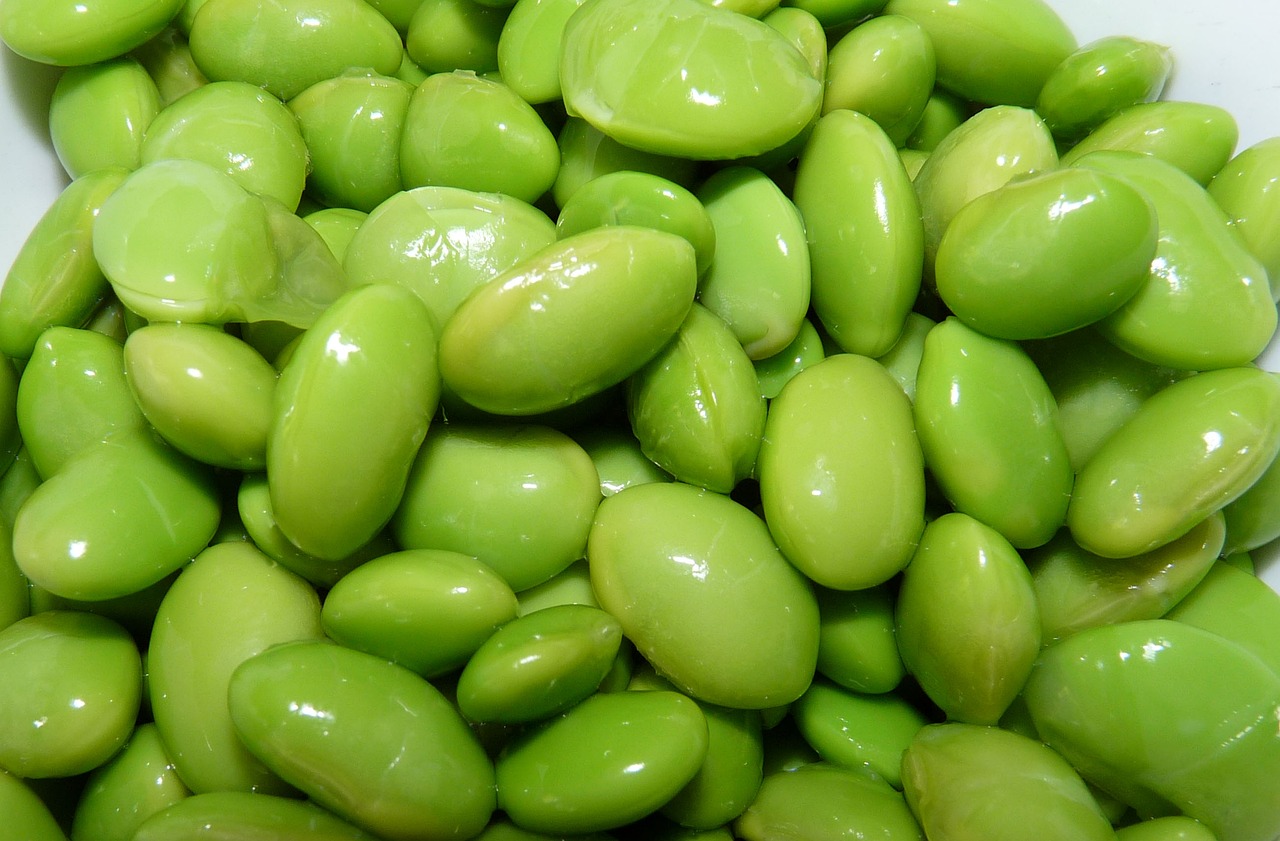
Where is it grown?
In 2019 FAOSTAT stated the major soybean producers as Brazil (35%), followed by the US (29%) and then Argentina (16%). Around 80% of this global crop is used to feed livestock [20].
More than 90% of the soy produced in the US is genetically modified [14]. You probably have your own opinion about whether you are concerned about this or not. People and science are both divided. The studies so far are not conclusive about whether they are ‘safe’. Issues range from the ethics of modifying foods, to the unknown isde effects of messing with the balance of nature and removing nature’s ability to keep a plant under control with pests and disease, and then to the issues that the increased levels of herbicides and chemicals these plants can tolerate will have on ecosystems and our own health.
For instance, some GMO soy products have been found to contain glyphosate residues, and have a poorer nutrition profile than organic beans [15].
Glyphosate is an ingredient of herbicides like Roundup. Short term exposure isn’t an issue, but longer term it has been linked to cancer, liver and kidney damage and reproductive issues. All of these have only been shown in animals, and there are conflicting studies. But the FDA and the International Agency for Research on Cancer categorise it as a ‘possible carcinogen for humans’. The question is whether we are exposed to enough of it to cause a negative effect… [16]. If we eat organic of avoid GMO then we don’t need to worry about this!
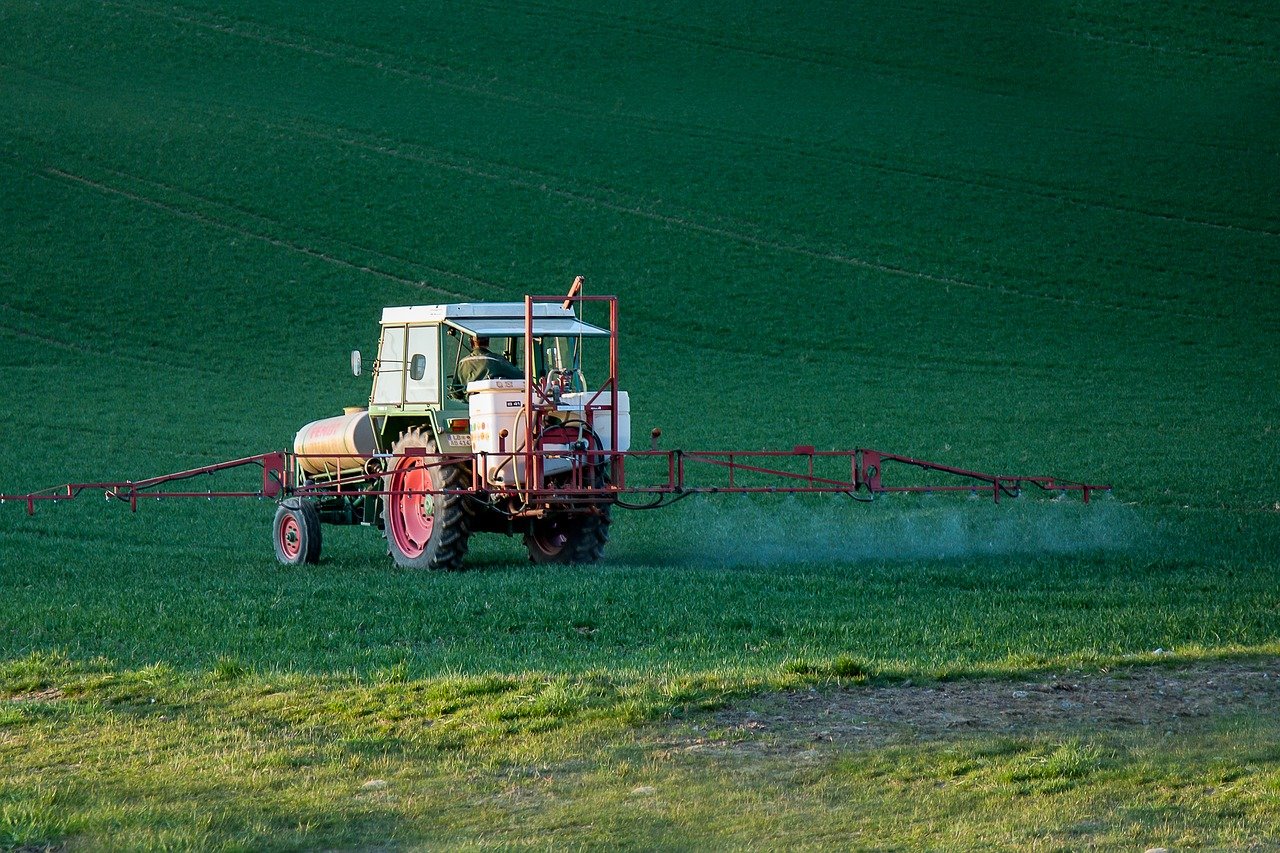
Why is growing soy talked about as a global problem?
Soy has been labelled the most destructive of the monocrops, as industrial soybean crops need large amounts of lime, synthetic fertilizers, pesticides, and herbicides, all of which reduce biodiversity.
Almost all the soy that is grown in the US has been modified so that it can withstand the use of strong herbicides, which kill any other species of plant trying to eek out a life amongst the vast fields of soy. This is monoculture at its worst.
The expansion of the soy industry has been massive, and this has resulted in large levels of recent deforestation, including large areas of Brazil, which are the headline hitting places. This deforestation and expansion is mostly for animal feed though.
So what about human consumption?
In the UK, much of the soy consumed directly by humans is made with organic beans from Europe and the US. Alpro have stated in their sustainability report in 2018 that they used 60% European beans and that 100% of their organic ranges were from Europe. The rest were from Canada [19]. The US use their own sources, so the distance travelled by soy is not an issue, and for Europeans we do not need to worry about GM crops and glyphosate contamination.
So it seems that human soy consumption in Europe is not much of an ecological concern…
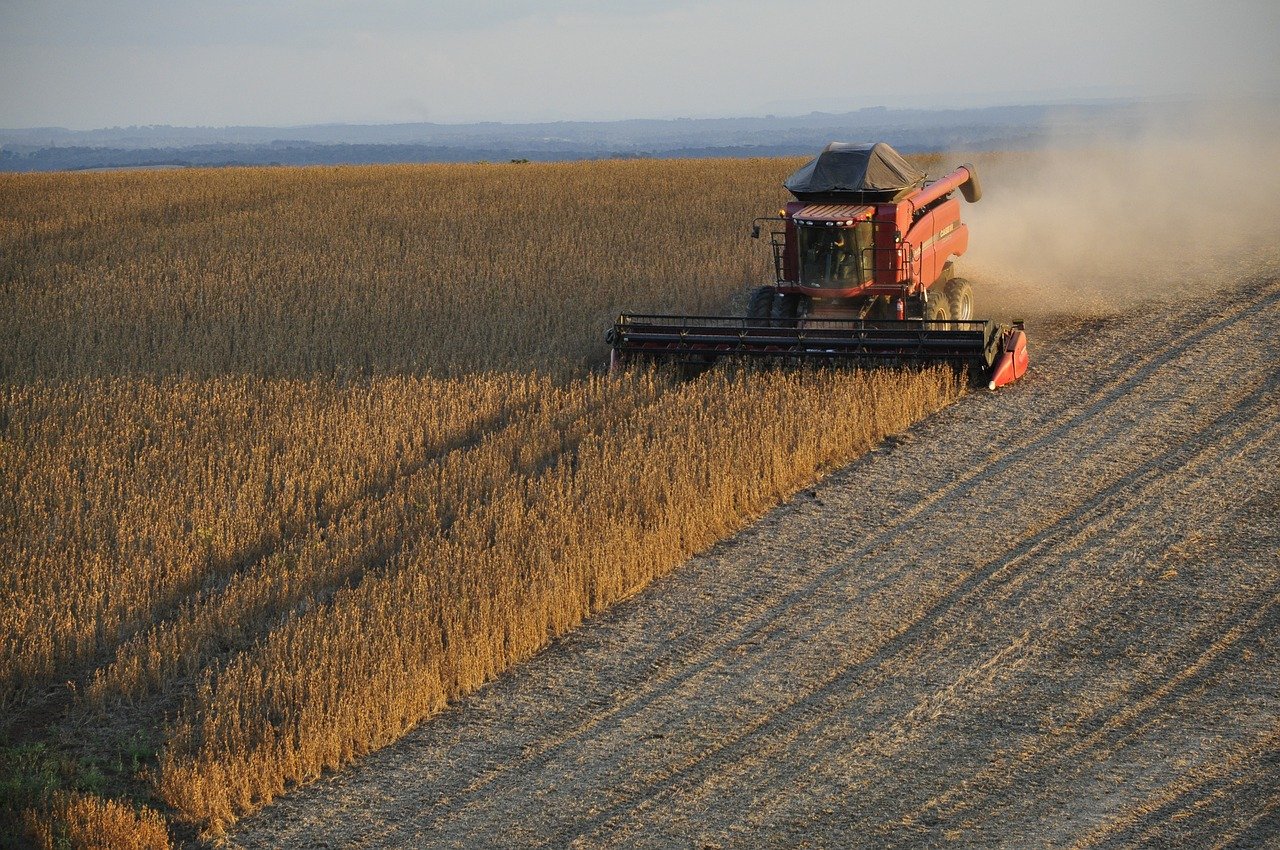
Is it good for us?
Nutrition profile
On paper soy is really healthy, and a great swap for meat and dairy because it is high in protein. Soy beans are one of the best plant based protein sources in fact [1].
Soy beans contain various vitamins and minerals. The levels of folate, manganese and vitamin K are particularly high, but they also offers a good dose of potassium, copper, phosphorus and vitamin B1.
Soy beans also have one of the highest concentrations of magnesium of all foods, which is essential in aiding sleep.
Being a plant, they also contain plant compounds like isoflavones, an antioxidant, and saponins, which may reduce cholesterol. The levels of isoflavones in soy are higher than most foods, making them an good source. Isoflavones are controversial though as they resemble oestrogen – more on this further down…
One downside is that the omega fats in soy are predominantly omega 6, which means that consuming soy further contributes to our increasing imbalance between omega 3 and 6, which causes chronic inflammation. If you’re not sure what I’m talking about, check out this article…
So on paper, seemingly healthy beans provided we don’t eat too much and worsen our omega 3:omega 6 balance.
Let’s take a look at some of the more hotly discussed topics that you may have seen in the headlines…

What about the isoflavones and oestrogen?
This is a very controversial issue.
Isoflavones are phytonutrients that resemble oestrogen, the female sex hormone. There are three types, and one can be converted into another substance called equol, which is a more potent estrogenic substance. [1]. We differ in our abilities to convert this, and so some people can benefit from soy significantly more than others [4].
Is oestrogen good or bad?
Oestrogen has been demonified to some extent, as high levels are blamed for PMS, flushes and foggy heads. But good levels of oestrogen can make you feel energetic and vibrant (by boosting serotonin), help to maintain healthy hair and skin and enable you to feel clear-headed and focused [5]. As with all our hormones, it’s essential to our bodies correct function and needs to be kept at the right level.
- Healthy levels of oestrogen can also help to keep your heart healthy by keeping cholesterol low [5], and oestrogen also helps to repair and strengthen bones! In our cycle, as oestrogen rises at the end of the first week, we feel lifted, full of energy and patience and keen to socialise. Also more optimistic and motivated. And learn better! Week 2 even more so!. Slight appetite suppressant. Oestrogen dips cause PMS (2 per month).
- On the other hand, high levels can increase your risk of fractures and damaging tendons.
- Low oestrogen levels can increase the chances of gaining weight around your belly.
Consuming phyto-oestrogens
Unfortunately, the science doesn’t yet agree, with some arguing that increased levels of oestrogen will increase breast tissue, which may increase cancer risk [6], but other studies have shown that it can have a protective effect against prostate cancer in men… [7], and some of the soybean compounds are thought to be cancer protective [8]. These studies are early work, and indicate an association between soy consumption and cancer prevention, not a cause.
It’s also been shown that consuming soy products seems to help with menopause symptoms [9], but only effectively in people who are good at producing equol.
On balance, consuming soy and these ‘phyto-oestrogens’ seems to be beneficial, but the research is not yet fully conclusive. Women should learn to listen to their bodies and note the symptoms of high and low oestrogen so they can watch for more permanently elevated levels. Where levels of oestrogen are likely or shown to be low, consuming soy could be beneficial.
If your oestrogen levels are high, avoid it. Similarly, children and babies should not be exposed to large amounts (like soy milk alternatives for feeding) as the possible hormone disruption in children (early puberty etc) is going to be very negative for their long term health.
How do these phyto-oestrogens affect men?
Men may fear consuming something with phyto-oestrogens, but most studies do not show that soy negatively impacts testosterone production [13] (there are still some that do show an effect though, so again, consume in moderation.
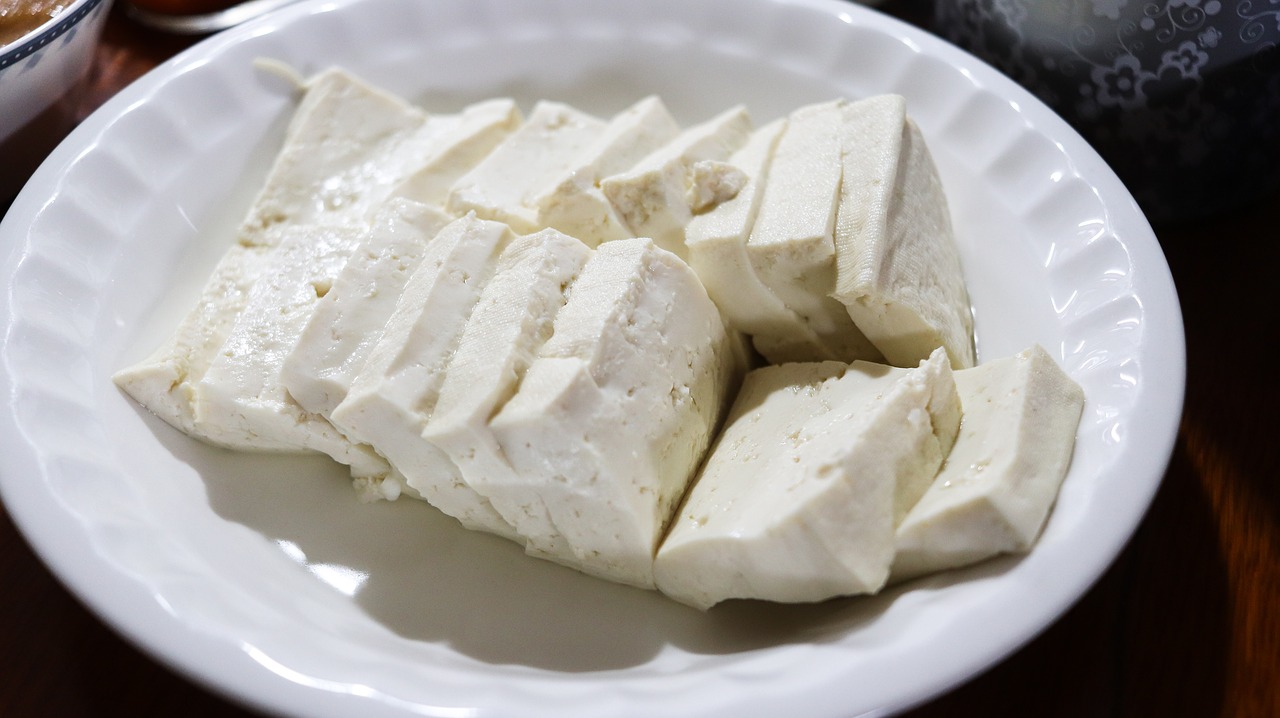
Any other health issues?
Thyroid suppression
Some studies have shown a link between the suppression of the thyroid gland, which can interfere with how the body uses energy and cause fatigue, and soy. It seems that this does not happen in isolation however, and there will be other issues combining with the soy [10]. Other studies indicate a direct effect when high levels of soy are consumed [11]. These results are not always repeatable though, which supports the idea that the soy is not causing suppression in isolation… [12]. It would seem that if you have an underactive thyroid, it’s probably best to avoid or consume low levels of soy only.
Soy as an allergen
Soy contains glycinin and conglycinin proteins, which can trigger allergic reactions in some people. It is one of the most common food allergies (although still uncommon). Unfortunately, the reaction is often a delayed one, meaning that symptoms can emerge days after it was consumed, making the link to soy very hard to detect. If you suspect any food allergy you should speak to your doctor.
Negative impacts on gut health
Soybeans also fall into the FODMAP list of foods due to some of its fibres, which may irritate IBS and cause bloating.
Some studies on animals have shown that there is an antinutrient in soy which may negatively impact the structure and barrier function of the gut. They may also disrupt the microbiome [17].
Other antinutrients
There are a couple of other antinutrients in soy;
- phytates, which can inhibit the absorption of minerals like calcium, zinc and iron. Phytates themselves are a source of contention. We should be getting more than enough zinc, calcium and iron in our diets to negate these effects, and phytic acid has been shown to target cancer with antioxidant, anti-inflammatory, and immune-enhancing activities. Possible other benefits include helping in the removal of toxic metals from the body [21].
- Trypsin inhibitors, which block the action of one of our protein digesting enzymes.
The good news is that soaking, cooking, sprouting or fermenting the beans should remove many of these anyway.
These antinutrients should not be a concern unless you eat a diet that is imbalanced and soy is your main/only source of these minerals. And some may proove to be helpful anyway!
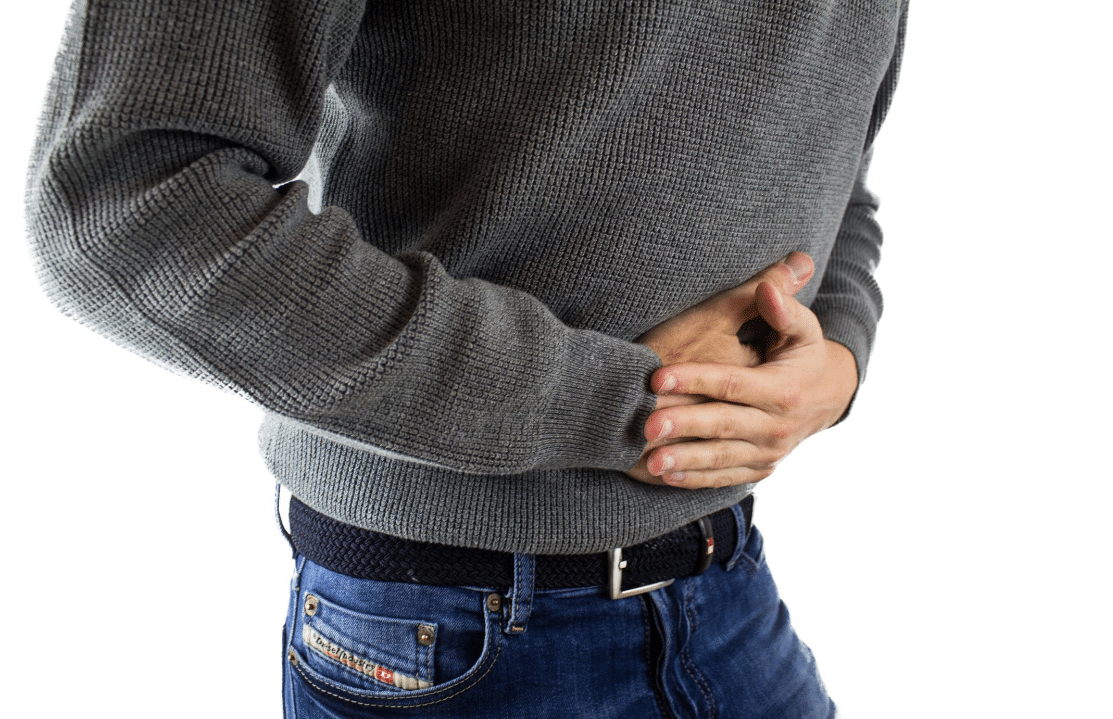
Do we need to eat soy when giving up meat and dairy?
The simple answer is no. Whilst it is a great plant protein source, there are plenty of others and soy can be avoided, although to do so will mean avoiding many processed foods (definitely not a bad thing for your health!).
Other beans, wholemeal bread, lentils, seitan and nuts like almonds are all good sources of protein, and with a little in many vegetables, it’s easy to get the amount you need without resorting to the processed ‘meat substitutes’.
Whilst some of these meat substitutes (soy based and non-soy) can be a decent choice, beware the overly processed ones which use a lot of chemicals and additives to recreate the meat taste and texture. If you can learn to love the flavour of spices and sauces, then you won’t need the artificially flavoured fake meat products at all and that will be a healthier option! These should be the freezer food treats for once every week or 2, not a standard dinner staple.
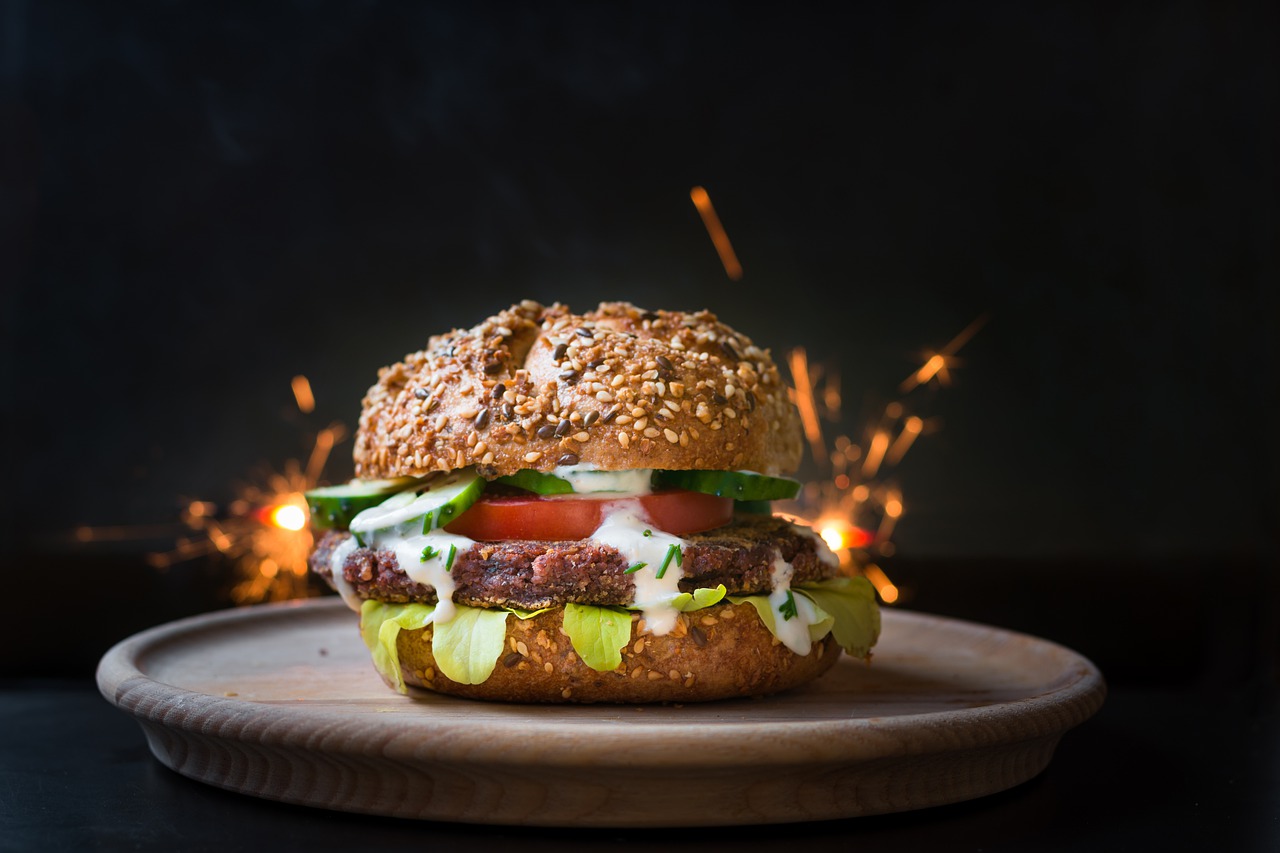
My conclusions on soy
The research in this area is by no means conclusive, and there are many different articles out there citing it as a super food AND as a poison. Having reviewed some of the MANY articles out there, my thoughts are as follows:
For most of us, eating small amounts of non-GM or organic soy bean products is likely to be beneficial to our health. The health benefits depend on how it’s consumed, so we should make sure products are cooked and consume in a whole or fermented form (natto, miso, tempeh) and from an organic (or at least non-GM) source. As there may be issues in consuming larger amounts, soy should not be our main meat/dairy substitute.
Young children and babies should probably avoid soy entirely, and older children should eat soy products infrequently (once or twice per week?).
People with nutrient poor diets (low veg and highly processed), especially those already consuming a lot of ‘hidden’ soy in processed foods, should avoid soy as the effects of the antinutrients could increase the chances of nutrient deficiencies. If this is you, limit yourself to the fermented forms like natto, miso and tempeh as they have a much higher nutrient availability. The best option is to become more aware of the hidden, poor quality sources and reduce them – start eating real foods and enjoy the improvement in your health!
On an eco front, here in Europe we are generally ‘protected’ from the GM crops. So you can be pretty sure that the soy in foods you are eating are glyphosate free. For extra certainty, choose organic soy products. In the US choose organic or GMO free products.
Eating more soy products and less meat seems like it will significantly reduce the amount of soy grown annually, and therefore reduce deforestation, so is a good eco choice too.
I for one will actually probably try eating a little more soy as I had avoided it previously having read some of the negative headlines. Just a little here and there…
If you’d rather get this sort of info in video format with the chance to ask questions – pop into my Facebook group where I go live on weekly topics and you can ask questions 🙂
References
[1] Soybeans 101: Nutrition Facts and Health Effects (healthline.com)
[2] Composition and characterization of soyabean and related products – PubMed (nih.gov)
[3] Soybean allergens and hypoallergenic soybean products – PubMed (nih.gov)
[5] British Dietetic Association
[7] Dietary isoflavones may protect against prostate cancer in Japanese men – PubMed (nih.gov)
[8] Soy isoflavones and cancer prevention – PubMed (nih.gov)
[9] Dietary phyto-oestrogens and the menopause in Japan – PubMed (nih.gov)
[10] Goitrogenic and estrogenic activity of soy isoflavones – PubMed (nih.gov)
[14] Understanding New Plant Varieties | FDA
[16] Can Glyphosate Herbicide Harm Your Health? (webmd.com)
[18] What Is Tofu, and Is It Good for You? (healthline.com)
[19] Alpro. 2018. Sustainability summary. https://www.alpro.com/uk/news/sustainability-summary/
[20] Liotta, Edoardo (August 23, 2019). “Feeling Sad About the Amazon Fires? Stop Eating Meat”. Vice. Retrieved August 25, 2019. Soy is the most important protein in animal feed, with 80 percent of the world’s soybean crop fed to livestock. https://www.vice.com/en_in/article/bjwzk4/feeling-sad-about-the-amazon-fires-stop-eating-meat
[21] https://pubmed.ncbi.nlm.nih.gov/19774556/
